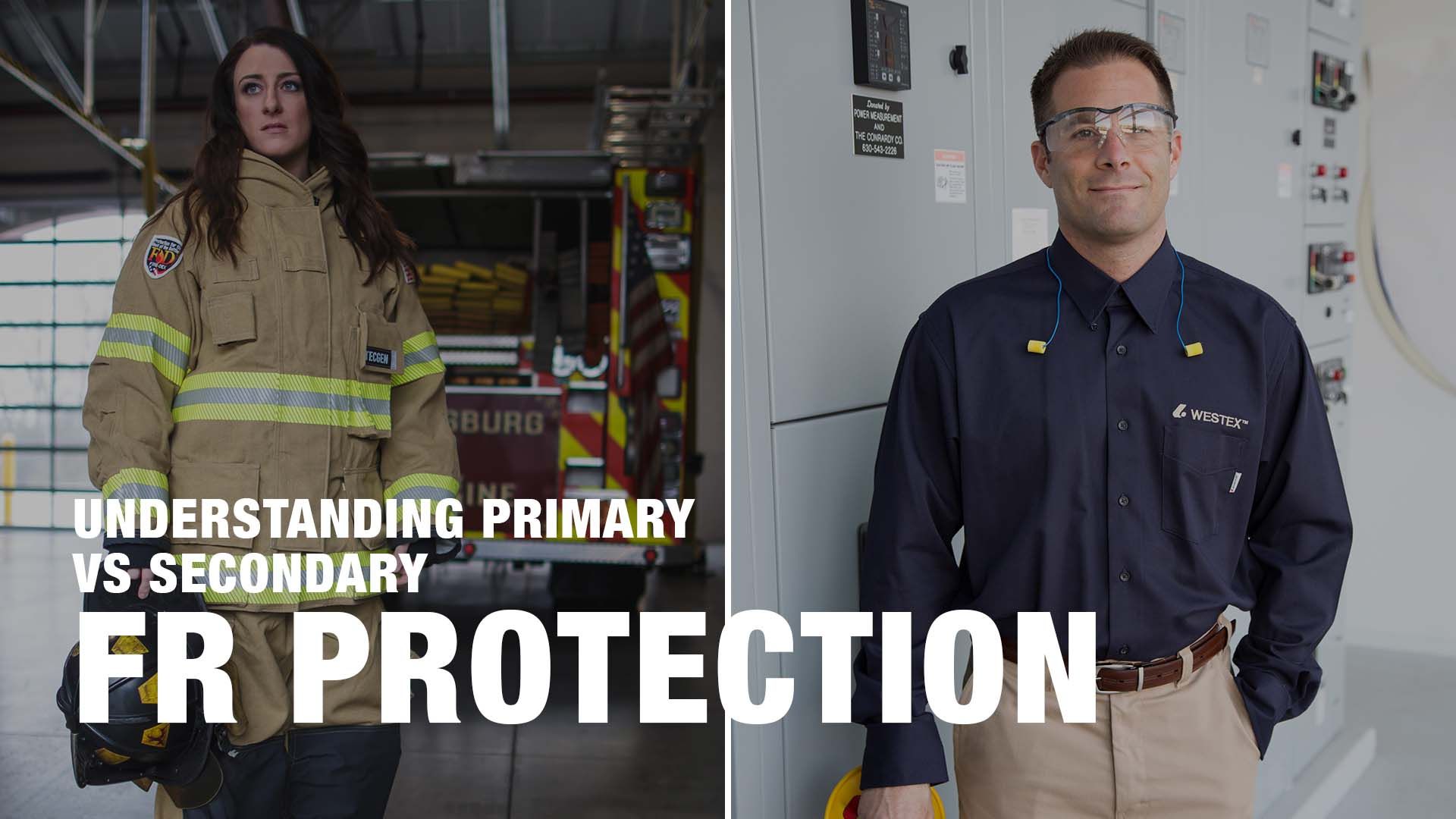Three Ways to Use AR/FR PPE to Stay Safe on the Job
General 17 May 2019

May is Electrical Safety Month, which is a good reminder to ensure your team’s safety efforts are in line with the updated industry consensus standard NFPA 70E. Workers in the electrical field are exposed to unexpected hazards, including arc flashes, so safety precautions should be reviewed frequently to help reduce the risk of injury. Thorough risk assessments are required to reduce the likelihood of arc flash incident occurrence and you can never be too careful when it comes to protecting workers, so PPE is employed, as the last risk control, to mitigate the severity of injury should an arc flash incident occur.
Ensuring utility and electrical maintenance employees are properly using AR/FR PPE is a major contributor to worker safety. Daily wear AR/FR apparel is important to consider when developing and implementing safety measures for your team, as it provides consistent base protection to help mitigate injury should an unexpected arc flash incident occur. We outlined three reasons how AR/FR PPE will help ensure employee safety while on the job.
- Reduce human error risks. A key update to NFPA 70E now requires taking the potential for human error into account when assessing the risk of arc flashes on the job site. If an employee is outfitted in AR/FR daily wear at the start of the work day, they will likely be better protected if an incident were to occur, since they will have the protective clothing on when working on energized electrical equipment. In contrast, the donning of task-based AR/FR PPE, for energized work may not happen due to human error precursors, like time pressure or complacency, and increases the likelihood that they are not properly protected.
- Provide consistent protection. Arc flashes are unpredictable hazards. As such, there is always a chance a worker is not properly protected should they be relying on task-based PPE. Without instigating an AR/FR daily wear requirement, employees may be at risk of injury on the job site. Even when attempting precautionary measures outlined in NFPA 70E, human execution errors and resultant arc flash incidents can still occur. For example, if a worker turns off a power source to work on a project and fails to employ proper LOTO (lock out tag out) procedures, and another worker turns it back on without communicating with others, the team is now at risk of arc flash and shock exposure. Knowing this, wearing daily wear AR/FR PPE at all times as well as shock protection as needed is important for overall safety and well-being.
- Mitigate heat stress. Heat stress can happen any day of the year, especially in warmer months. In addition to water, rest and shade to prevent heat stress, certain AR/FR daily wear fabrics offer lightweight, breathable properties to help keep internal temperatures regulated and to help prevent over-exposure to heat. Westex DH fabric is a great option to help combat heat stress factors with its superior breathability and optimized moisture-wicking technologies.
While every work environment offers a unique set of challenges, they all look to apply consensus standards and best practices to protect their electrical employees. Specifying AR/FR daily wear to be worn while on the job will help increase each worker’s safety and reduce the risk of potential injury.

